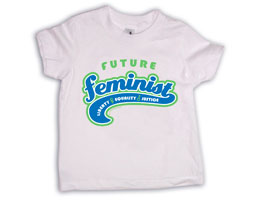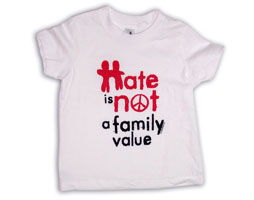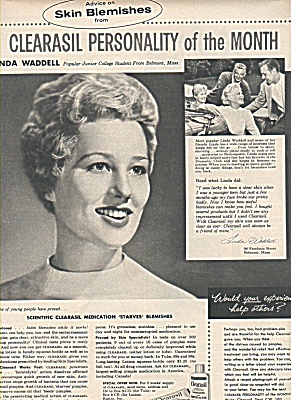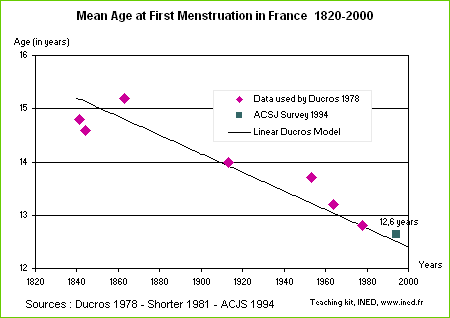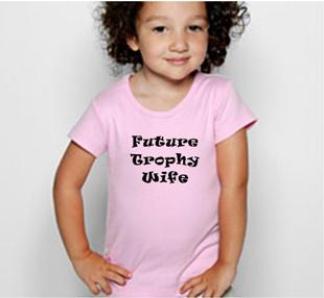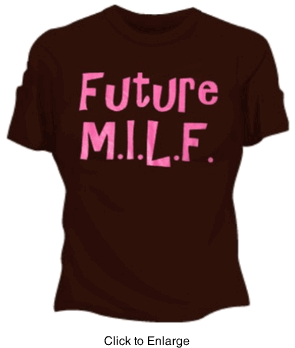In our comments on this post featuring a “Future Trophy Wife” and “Future M.I.L.F.” t-shirts for very young girls, Penny linked to some lefty stores that carry these leftist t-shirts for babies and kids (found here and here).
“Future Feminist”
“Homeland Security: Fighting Terrorism since 1492”
“Hate is not a family value”
There was interesting discussion in the comments as to whether having your child wear ANY idea that attributed characteristics to them was okay. An anonymous commenter wrote:
As much as I would love to have a child wearing a “future feminist” or “future president” shirt, I think forcing any sort of rules on them as to what they should be is wrong. Sure, I’d love to have a son or daughter grow up to be a feminist, or even the president, but I would want them to know that I support them in whatever decisions they make for themselves.
To which Penny replied:
I’m not sure a t-shirt is “forcing any sort of rules” on a baby (who are notoriously oblivious to any kind of written propaganda). Honest, an 18-month-old will never feel bound to the politics of her t-shirt. She’ll mostly just feel bound to dribble strawberry stains into it, message or no message. Even if it’s 100% organic sweatshop-free cotton, the stains will soon detract from the message somewhat. All babies’ clothes reflect their parents’ ideas, whether subtly or blatantly. There’s no way around that–even letting them run naked is a statement, and one they may come to detest later, when they see the videos.
I thought this was an interesting discussion. What’s your take? If you are for the shirts above, must you also be for “God Hates Fags” t-shirts and their ilk? Is it not okay to place any characteristics on your child? If it’s not, do you also have to keep them out of pro-gay marriage and Fred Phelps rallies?
For another example of politicizing kids, see this post.

